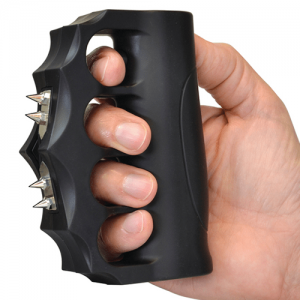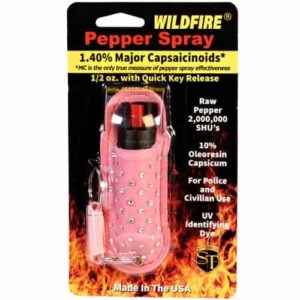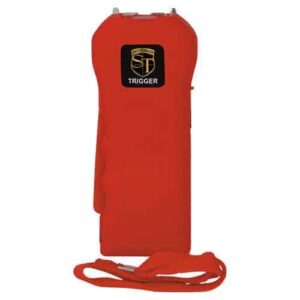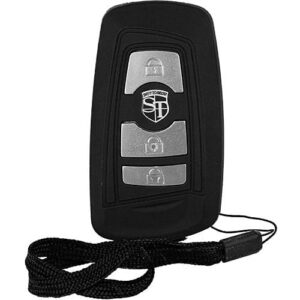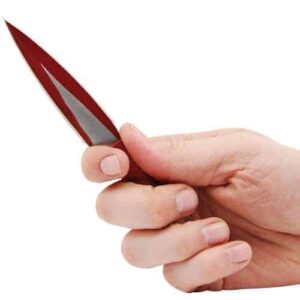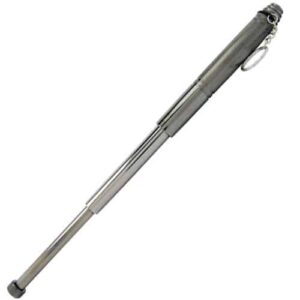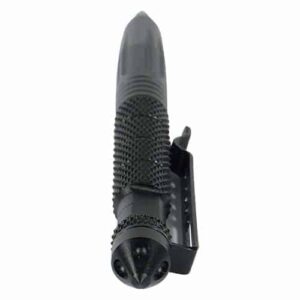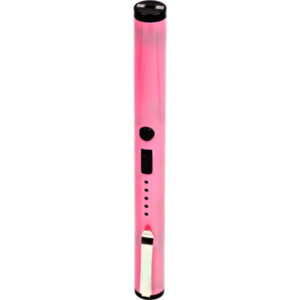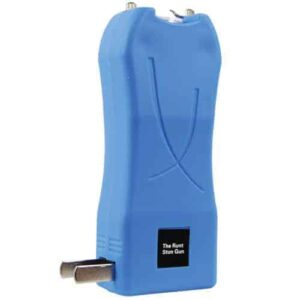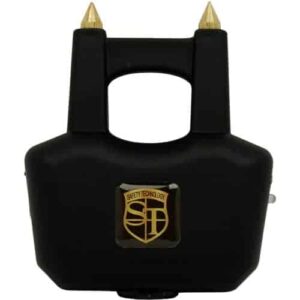If you’ve ever wondered about the effects of pepper spray on the human eye, then this article ‘Pepper Spray Eye’ is for you. Imagine a burst of heat instantly flushing your face, your vision turns blurry as your eyes involuntarily slam shut. Involuntary tears stream down your cheeks, and you are momentarily blinded. This article takes you on an intriguing exploration of the physical reactions caused by pepper spray, and reveals why it’s such an effective defense measure. But don’t worry, there’s no need to fear as it also outlines the key steps to take if you ever find yourself in such a situation. So get ready to delve into this world of self-defense weaponry and the science behind it!
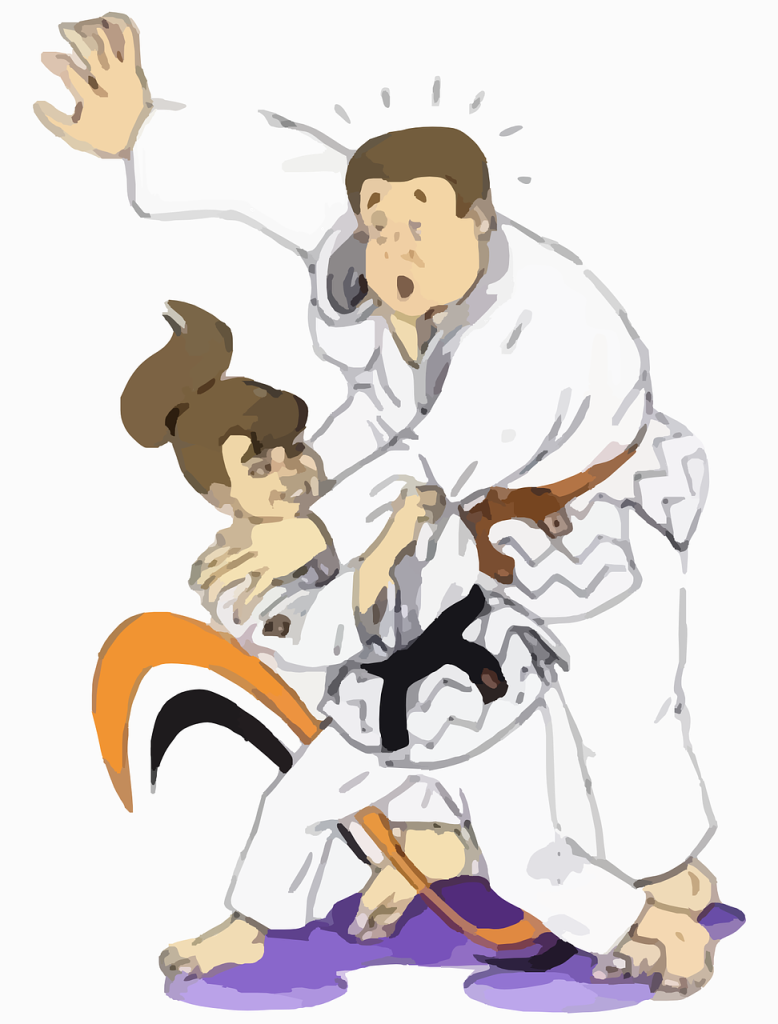
Table of Contents
ToggleWhat is Pepper Spray?
Pepper spray, also known as oleoresin capsicum spray or OC spray, is a popular self-defense tool used around the world.
Definition
Pepper spray is a lachrymatory agent, meaning it stimulates the eyes to produce tears. It is used as a non-lethal means of defense and for crowd control. It is designed to cause discomfort and temporary blindness to allow a person time to escape a potential threat.
Composition
The main ingredient in pepper spray is capsicum, a naturally occurring substance found in chili peppers that produces a burning sensation. This capsicum is often mixed with a propellant, which allows the spray to be shot out from the canister with some force.
Uses
While originally used by law enforcement for crowd control, it has, over the years, become a common household self-defence item. It’s very popular among women, travelers, and anyone who feels they might be at risk of personal attack. It is also used by postal carriers as a defense against aggressive dogs.
Effects on the Eyes
One of the primary targets when using pepper spray is the attacker’s eyes.
Immediate effects
On coming into contact with the eyes, the active component of the spray causes intense burning pain, forcing the eyes to involuntarily shut due to excessive tear production and inflammation. This temporary blindness lasts for about 15-30 minutes, depending on the strength of the spray.
Long-term effects
Long-term effects of pepper spray are generally uncommon, but they can occur. Occasional side effects include corneal abrasions, allergic reactions, and, in rare cases, more severe problems like glaucoma.
Treatment
After exposure to pepper spray, it’s crucial to immediately flush the affected eyes with water or a saline solution to minimize pain and potential long-term effects. Medical consultation should be sought if discomfort persists.
Choosing the Right Pepper Spray
Choosing the right pepper spray can be crucial in ensuring your own safety.
Types
The most common types of Pepper sprays are fogger, stream, gel, and foam. Foams and gels have longer ranges and stick to the attacker’s face, while foggers and streams can affect multiple attackers but carry the risk of blowback.
Legal considerations
While pepper spray is legal in most parts of the world, some places have restrictions such as age limits, carrying permits, or size limitations. It’s best to check local laws before purchasing.
Brands to consider
Some reputable brands to consider include Sabre, Mace, and Pepper Shot. These brands are known for their quality and have options suitable for different needs and preferences.
Proper Usage of Pepper Spray
Knowing how to properly use pepper spray can make all the difference in an emergency.
Keeping distance
Typically, pepper spray can be used effectively from a distance of 3-10 feet. Keeping an adequate distance from the attacker helps keep you safe while ensuring the pepper spray is effective.
Aiming for the eyes
To maximize the spray’s effectiveness, aim for the attacker’s face, particularly the eyes. The spray causes temporary blindness, giving you time to escape.
Spray techniques
Using short bursts of spray can be more effective and easier to aim than a continuous spray. It also allows conserving the spray for multiple uses if needed.
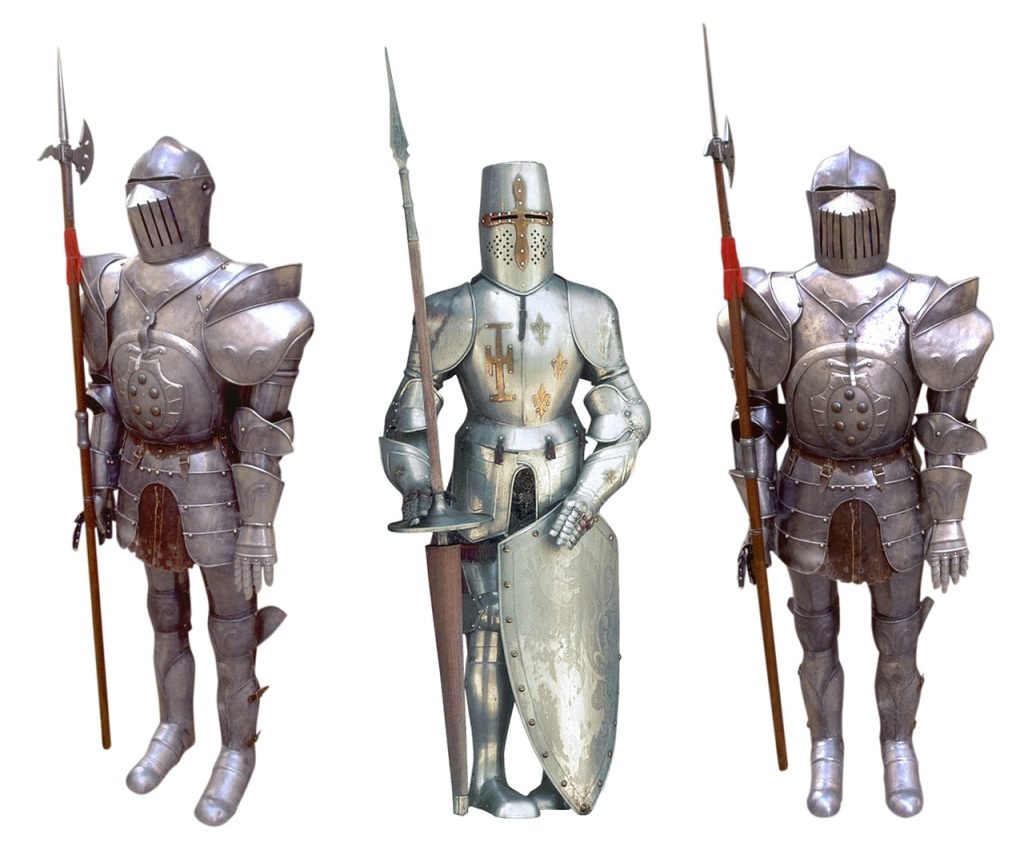
Safety Precautions
Using pepper spray does come with some safety considerations to keep in mind.
Protective gear
If regularly carrying pepper spray for personal self-defense, consider also investing in protective gear for yourself like goggles or a mask to shield against accidental self-contamination.
Wind direction
Wind can divert or blow back the spray onto you. Always aim to stand upwind of your attacker when possible.
Avoiding self-contamination
Avoid touching your face or eyes after deploying the spray to prevent self-contamination. Wash your hands thoroughly at the soonest opportunity.
Legal Regulations and Restrictions
Certain laws and restrictions govern the use of pepper spray.
Laws regarding pepper spray
In general, pepper spray is legal in the U.S., with certain restrictions varying by state. Other countries may have more stringent regulations.
Restricted areas
Certain establishments or events may forbid carrying pepper spray. Always remember to check for specific rules or regulations.
Legal consequences
Misuse of pepper spray may result in criminal charges. It should only be used as a last resort for self-defense.
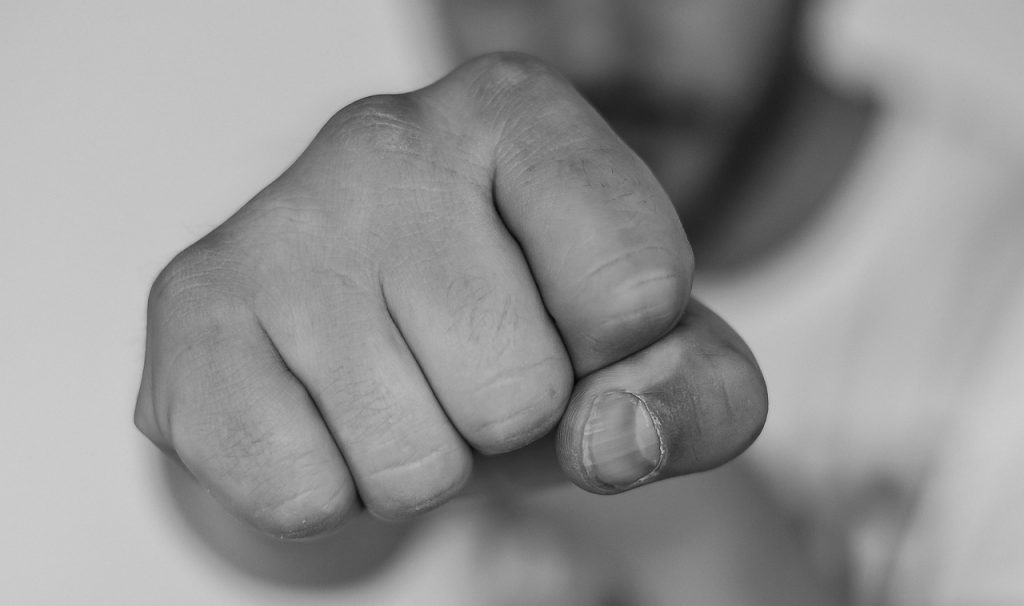
Alternatives to Pepper Spray
Other self-defense tools can be used if pepper spray is unavailable or if it’s not your preferred option.
Personal alarms
Personal alarms emit a loud sound when activated, designed to alert others and scare off potential attackers.
Stun guns
Stun guns are another legal self-defense tool. They deliver a high-voltage shock to temporarily paralyze an attacker.
Tactical flashlights
Tactical flashlights can temporarily blind attackers and can also be used as a physical self-defense tool.
Historical Usage and Development
The use of substances similar to pepper spray dates back to ancient times.
Ancient practices
Ancient cultures ground up hot peppers and threw them at their enemies, similar to modern-day pepper spray.
Modern developments
Modern pepper spray was initially developed in the 1960s for law enforcement purposes.
Advancements in technology
As technology advanced, smaller, more portable variants of pepper spray became available, increasing its popularity for personal self-defense.
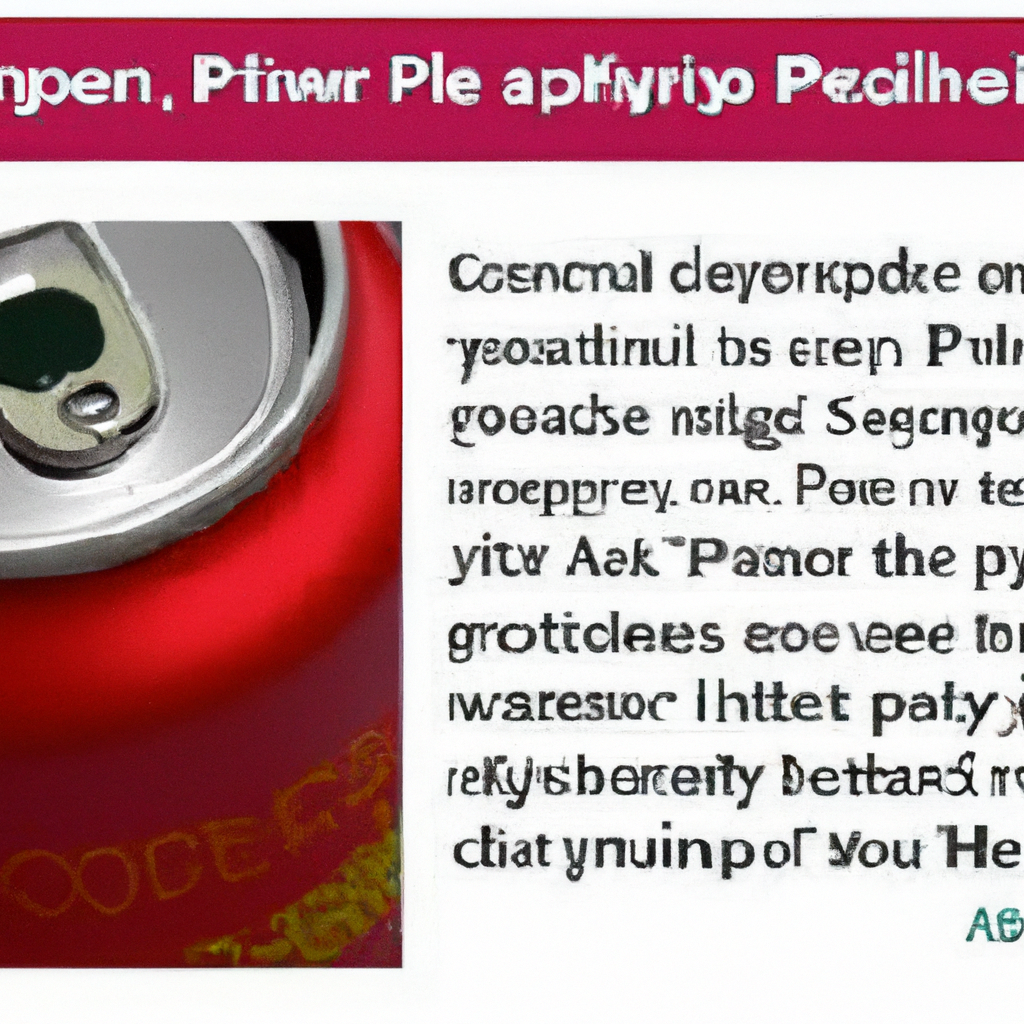
Pepper Spray as Self-Defense
Pepper spray is widely recognized as a useful self-defense tool.
Effectiveness
The effectiveness of pepper spray as a self-defense tool is well-documented. Its ability to temporarily incapacitate an attacker provides the victim with a window of opportunity to escape.
Psychological impact
The use of pepper spray can also have a psychological impact on potential attackers, acting as a deterrent due to the discomfort and disorientation it causes.
Training considerations
While simple to use, training can improve the effectiveness of pepper spray by ensuring correct aim and handling in a stressful situation.
Conclusion
Pepper spray offers a non-lethal, effective option for personal safety and self-defense. However, it’s important to remember that its use comes with considerable responsibility. Understanding the legal regulations, proper usage and safety precautions alongside potential impacts can help you navigate its use responsibly. While there are alternatives available, pepper spray remains a popular choice due to its portability, affordability, and effectiveness.



